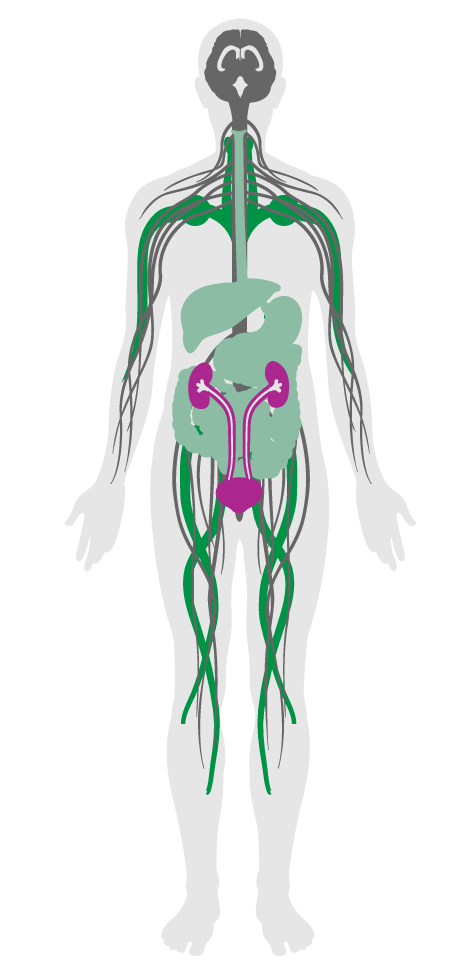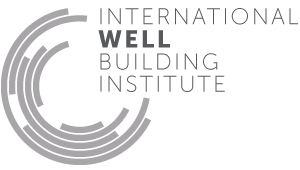Fundamental water quality
30. Fundamental water quality
Untreated water can harbor dangerous pathogens and other contaminants. While there are many ways to measure water quality, testing for all potential contaminants can be cumbersome and expensive. However, especially in locations where access to potable water is limited, simple criteria can be applied to indicate an acceptable level of water safety and quality without performing excessive testing.
To assess water safety under a variety of circumstances, this feature requires performance tests for total coliform bacteria and turbidity: two measures that serve as an indicator for the possible presence of many other harmful contaminants.
All water being delivered to the project area except water not designated for human contact meets the following requirements:
Water from all kitchen faucets and drinking fountains, if present, meets the following requirements:

Applicability Matrix
| Core & Shell | Tenant Improvement | New Construction | |
|---|---|---|---|
| Part 1: Sediment | P | P | P |
| Part 1: Organic Pollutants | P | P | P |
| Commercial Kitchen | Schools | Multifamily Residential | Restaurant | Retail | |
|---|---|---|---|---|---|
| Part 1: Sediment | P | P | P | P | P |
| Part 1: Organic Pollutants | P | P | P | P | P |
Verification Methods Matrix
| Letters of Assurance | Annotated Documents | On-Site Checks | |
|---|---|---|---|
|
PART 1 (Performance) Sediment |
Performance Test | ||
|
PART 1 (Performance) Organic Pollutants |
Performance Test |
| 30.1.a |
The US EPA National Primary Drinking Water Regulations notes that for systems that use conventional or direct filtration, "samples for turbidity must be less than or equal to 0.3 NTU in at least 95 percent of the samples in any month". |
| 30.2.a |
The EPA 2012 Edition of the Drinking Water Standards and Health Advisories set a Maximum Contaminant Level Goal for Total Coliforms at 0. |
